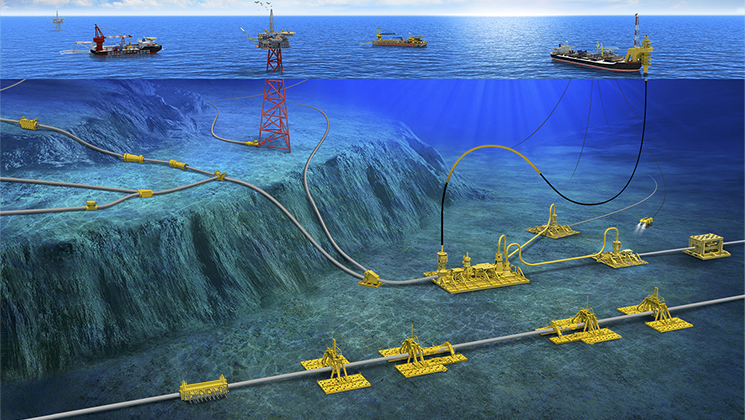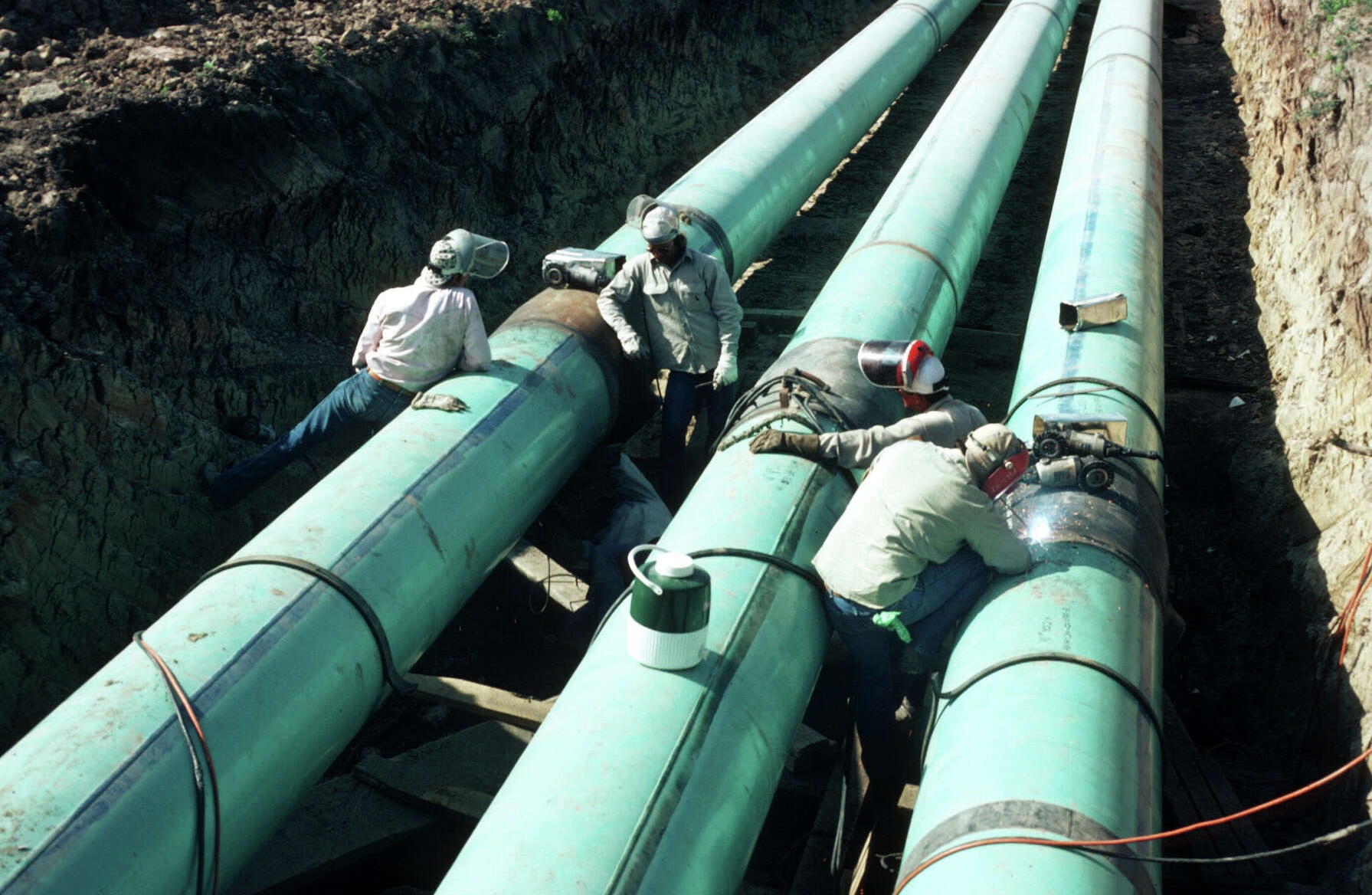Speed & Efficiency
Shorter routes accelerate deliveries and optimize fleet utilization.

The $8.1B Trans Guatemala Pipeline (TGP) connects the Atlantic and Pacific Oceans, providing a faster, safer, and more sustainable route for crude oil and refined products.
Shorter routes accelerate deliveries and optimize fleet utilization.
Modern engineering, monitoring, and redundancy enhance resilience.
Lower emissions, strong environmental standards, and community investment.
Jobs, local procurement, and broader regional development.
Spanning approximately 320 kilometers, the TGP integrates three large-diameter pipelines with advanced pumping, storage, and export systems. Its coastal terminals are compatible with Very Large Crude Carriers (VLCCs) and supported by modern offshore loading systems. This configuration enables large-scale, bidirectional cargo movement and enhances trade flexibility.
By providing an alternative to traditional maritime routes through congested or politically sensitive chokepoints, the TGP improves supply chain resilience and facilitates reliable, on-time delivery to high-demand markets.

TGP delivers durable advantages for markets and communities:

Links Atlantic producers to Asia-Pacific demand, improving arrival windows and route flexibility. By bypassing congested chokepoints and shortening voyage distances, TGP provides a competitive, secure supply route that complements existing infrastructure and supports balanced market access.
A 320 km corridor from Puerto Santo Tomás de Castilla (Atlantic) to Puerto San José (Pacific), delivered in phased milestones covering detailed engineering, permitting, EPC mobilization, terminal readiness, and commissioning—enabling bidirectional flows and VLCC-compatible offshore loading.
Due diligence is complete; phased EPC mobilization and permitting are advancing, alongside stakeholder engagement and environmental baselines—positioning the project for on-time execution and risk-managed delivery.
Cuts transit times by bypassing bottlenecks, enhances energy security through route diversification, and supports lower-carbon logistics via shorter voyages and modern environmental safeguards.